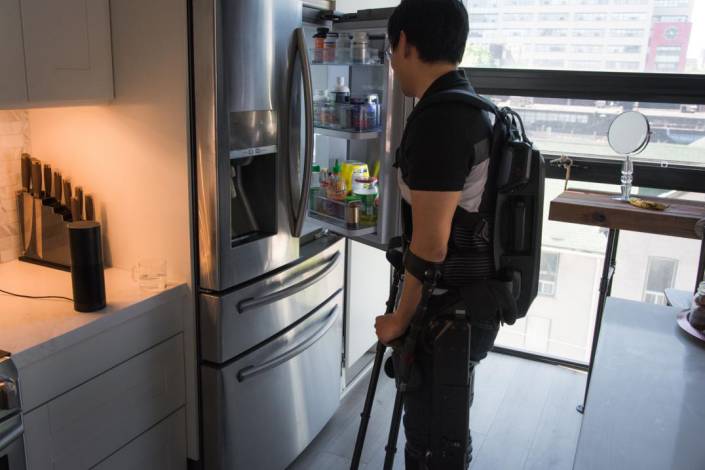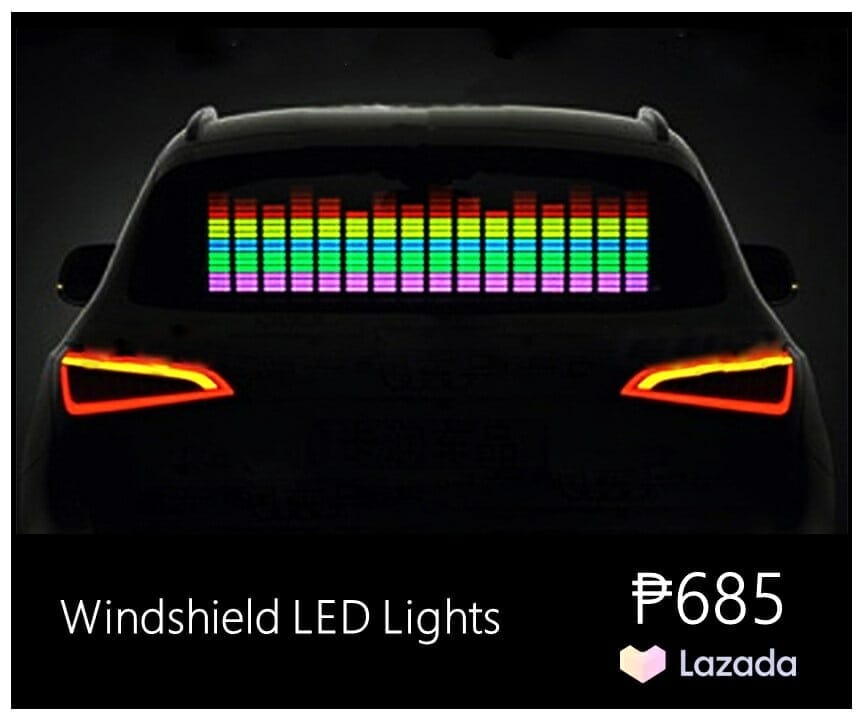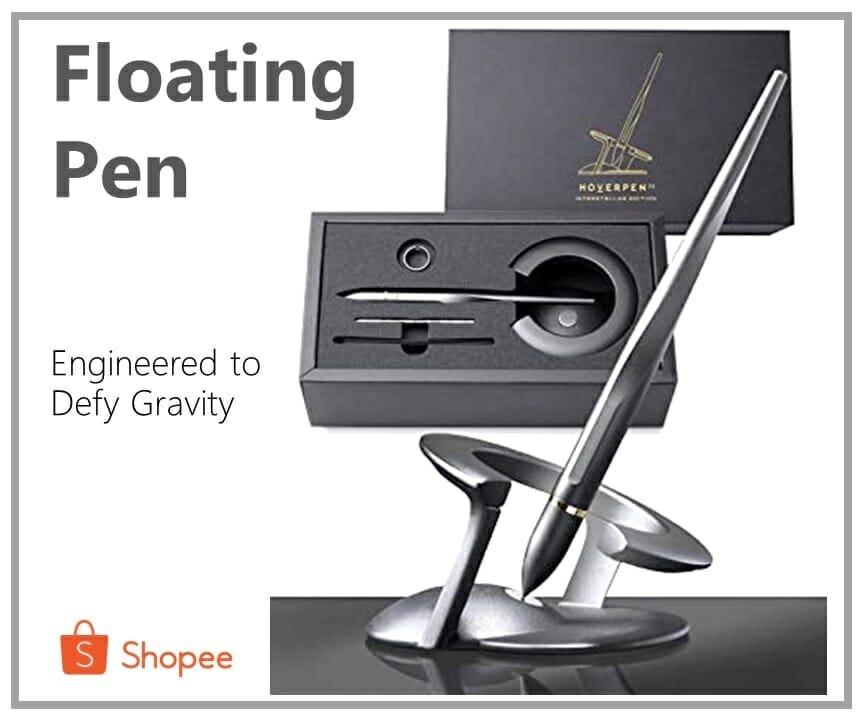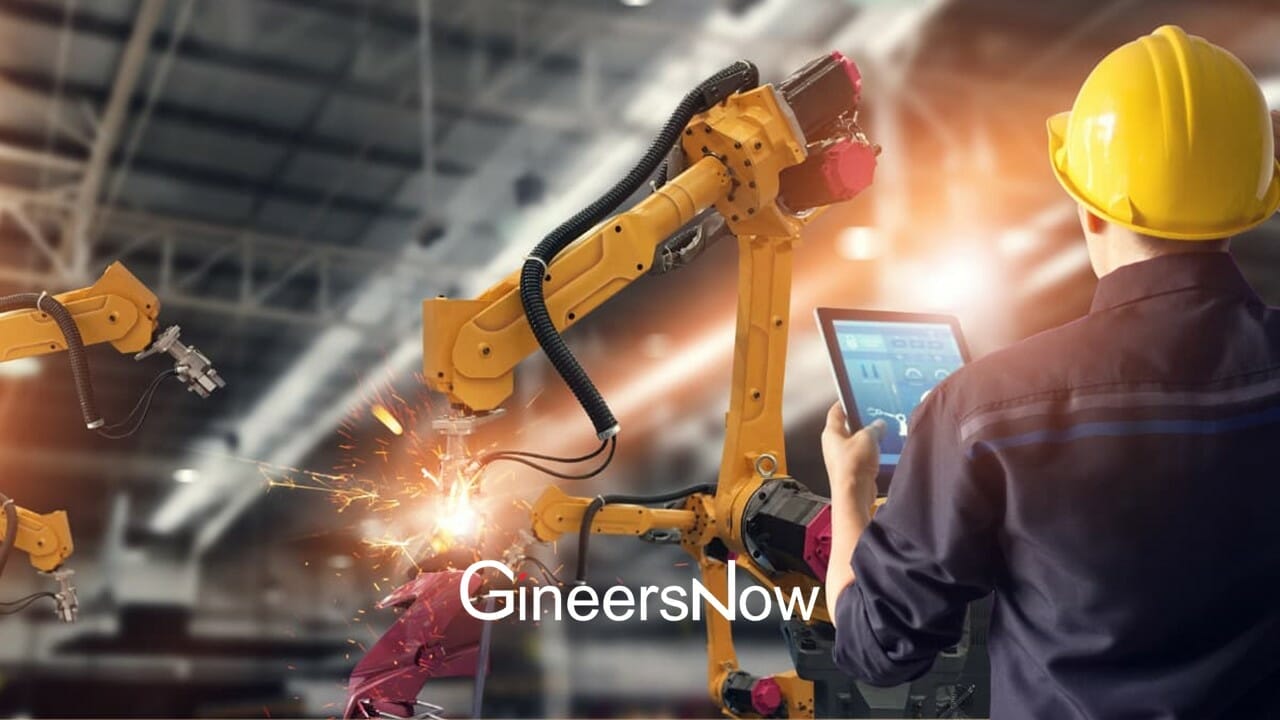After Amazon released their personal voice-controlled home assistant, Alexa, many other companies have collaborated with and integrated their inventions and technologies to be compatible with it. From lamps, alarm clocks, and an entire smart home system, Alexa can be paired with almost anything you desire to be voice controlled. Bionik saw this opportunity and took it, to create the one and only Arke, a lower body exoskeleton that you can move by voice.
Arke was originally controlled via an app on a smart phone, or by reacting to the movements of the user themselves. The sensors will detect these attempts to move and check where the user shifts their weight, activates its motors, and acts accordingly. It was built with the goal of helping patients undergoing physical rehabilitation to get familiar with moving again.
With its recent integration with Alexa however, the wearer can now control the exoskeleton by simple voice commands such as “Alexa, I’m ready to stand” or “Alexa, take a step.”

Source: Sohu
“It would mostly be used in the training period while people are getting used to these devices,” says Michal Prywata, co-founder and COO of Bionik. “Using information coming out of our sensors, we can tell when people want to stand up, when they want to sit down, take a left step, or take a right step. But when patients are first learning to use the device, depending on their level of injury, they can struggle with these movements. So [integrating Alexa] gives a person the ability to control things with their voice.”
This doesn’t come with its drawbacks though. For starters, Arke doesn’t have its own microphones, so Alexa would have to be within an earshot of the user, or be able to access the Alexa app on a smartphone. Second, and most important, is the fact that Alexa’s voice recognition isn’t 100% accurate yet. So worst case scenario, Alexa ends up mishearing the command, and acts in an unpredictable manner, potentially harming the user. This is the reason why Arke is still undergoing clinical clearance, since this technology involves people’s lives.
“In test settings it works and is functional, but there’s a lot of liability involved in healthcare; a lot of standards you have to meet,” explains Prywata. “Alexa is designed for use in consumer applications. It’s a completely different risk profile compared to medical use. You have to make sure everything is perfect [as] you’re dealing with peoples’ lives.”
Source: Robotics
That doesn’t mean it’ll never get past the clinical trial stage, however. All it needs is a bit more polishing to provide a near-0% margin of error for the device. “rock-solid implementation” of the technology could be very useful and “more effective than other means of command for a variety of users,” says Todd Carpenter, a cybersecurity expert who has worked with medical devices and systems.
Bionik Laboratories stays optimistic about their technology, and is determined to improve the Alexa integration of Arke. “I think this technology will become more widely used as people become more and more tech-savvy,” says Prywata. “Things just becomes easier if you can control the world around you with your voice.”
Sources:


:format(webp)/cdn.vox-cdn.com/uploads/chorus_image/image/56086467/ARKEALEXA_1231.0.jpg)






 h
h





